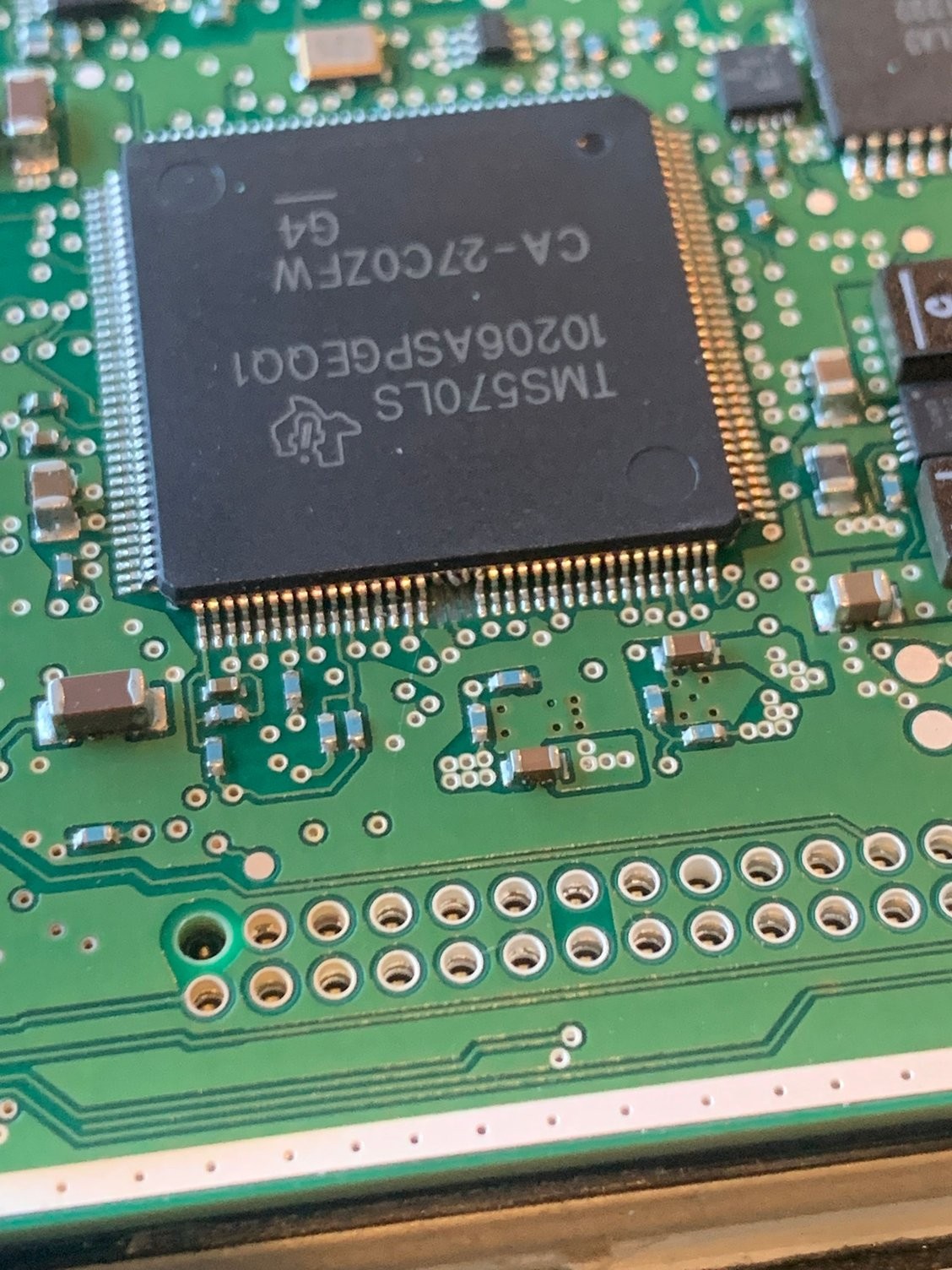If you’re experiencing a “blind spot assist inoperative” or “lane assist inoperative” message on your vehicle, a faulty sensor might be the culprit. This guide outlines how to inspect and potentially fix the issue, focusing on sensor removal, cleaning, and replacement. While this guide doesn’t directly address fuse locations, it provides valuable troubleshooting steps that can help you pinpoint the problem before resorting to checking fuses. Often, sensor malfunction is caused by environmental factors rather than electrical faults.
Blind spot assist and lane keeping assist systems rely on sensors located in the bumpers or side mirrors of your vehicle. These sensors can become dirty or damaged over time, leading to error messages and system malfunction. Before diving into more complex electrical diagnostics, it’s often beneficial to inspect and clean these sensors.
To access the sensors, you may need to bend the heatshield slightly for more working space. Once accessible, carefully unplug the sensor’s electrical connector. This usually involves pressing down on tabs and gently wiggling the connector free. Depending on the vehicle and its age, the connectors might be stiff due to accumulated dirt and grime. After disconnecting the cable, the sensor can be slid out horizontally. Look for a hidden tab on the sensor housing; lifting this tab will facilitate removal.
After removing the sensor, carefully pry it open using a thin flathead screwdriver. Apply gentle pressure at multiple points around the edge to avoid damaging the internal components. Once open, clean the sensor thoroughly using isopropyl alcohol, q-tips, and a soft toothbrush. Pay close attention to any signs of water damage or corrosion.
In the example shown, one sensor exhibited significant water damage. If your sensor shows similar damage, or if cleaning doesn’t resolve the issue, replacement might be necessary. Genuine replacement sensors can often be found online at reasonable prices.
Remember, attempting to repair internal sensor components can be risky and might lead to further damage.
If cleaning and inspection don’t resolve the “blind spot assist inoperative” message, further diagnosis is needed. Consulting your vehicle’s service manual for specific fuse locations and wiring diagrams is the next logical step. Remember to disconnect the battery before working with any electrical components. If you’re not comfortable performing these tasks, consult a qualified mechanic. This guide provides a starting point for troubleshooting, empowering you to potentially resolve the issue yourself.

